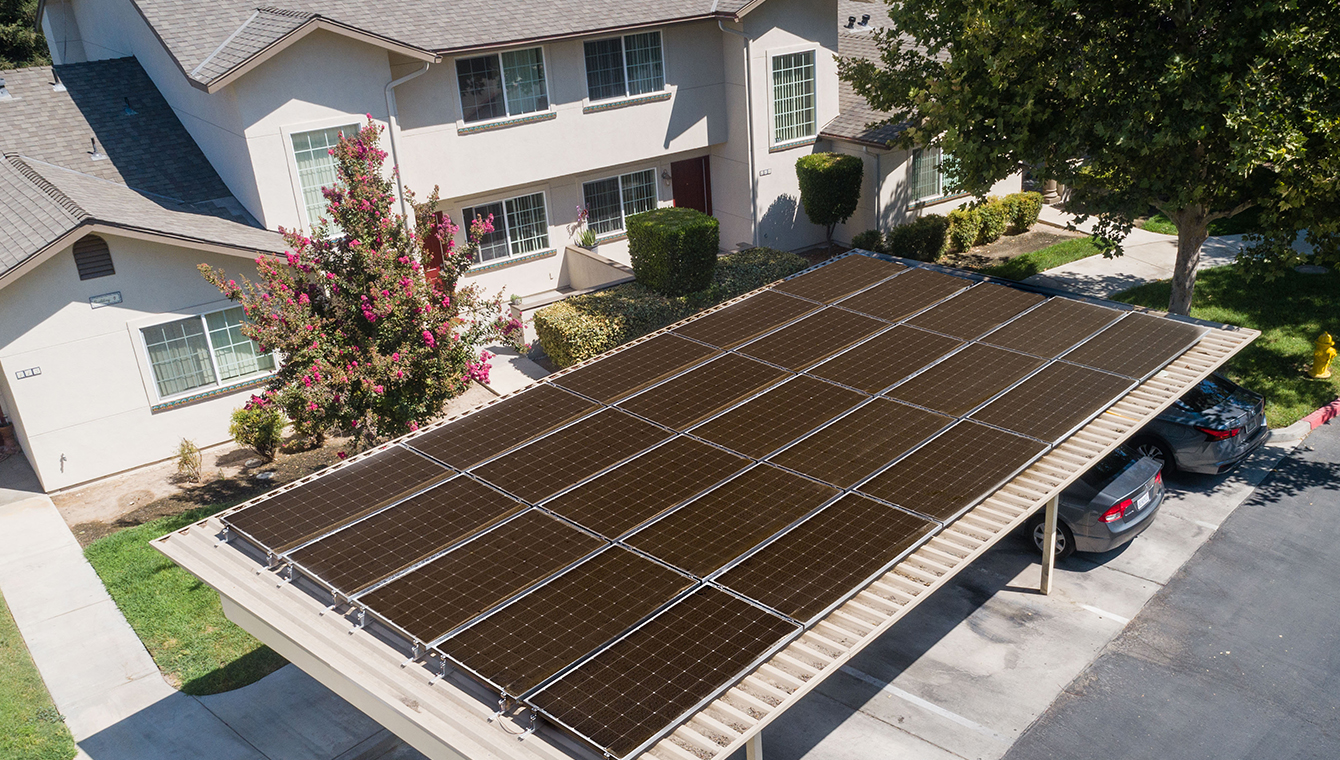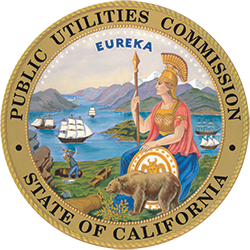What you can expect your SOMAH project to cost
The price of a solar photovoltaic (PV) system is determined by numerous factors, including system components and configuration, difficulty of installation and available incentives.
The cost of a system is measured in dollars per watt. The current average installed cost per watt for a multifamily solar PV system is $4.21 per watt. This means the average 70-kilowatt (kW) multifamily system will cost $294,000, prior to tax credits and incentives. Higher incentives are available for projects that include integrated storage systems.
Visit California Distributed Generation Statistics to view the current average cost of SOMAH projects in your area.
Incentive Levels
SOMAH PV incentive rate by tax credit funding and tenant/common area allocation
| Tax Credits | $ per AC Watt Incentive | ||
|---|---|---|---|
| ITC | LIHTC | Tenant | Common |
| No | No | $3.50 | $1.19 |
| Yes | No | $2.45 | $0.87 |
| No | Yes | $2.45 | $0.87 |
| Yes | Yes | $1.75 | $0.65 |
The revised incentive rates are available for new projects, as well as active applications that have not reached the Incentive Claim Milestone. For additional information, visit the Proof of Project Milestone on the Application Process and Documents page.
Integrated storage system incentives are available to SOMAH applicants as of May 11, 2025. Incentives for a proposed storage system are calculated by multiplying the energy capacity (Wh) of the system by the incentive rate. Unlike the variable solar PV incentive rates (see table above), the eligible storage incentive rate for an integrated solar + storage system is a flat rate applied to the entire storage energy capacity, regardless of the tenant or common area system allocations.
Storage Incentive ($) = Energy capacity (Wh) * incentive rate ($/Wh)
The storage incentive rate for an integrated solar + storage system is $1.10/Wh. The ITC is deducted from the storage incentive separately from the eligible $/Wh incentive.
Solar PV Incentive Examples
Low tenant allocation AND high common are allocation
- Incentive example for a property with a tenant allocation of 15 kW, or 55%, and a common area allocation of 12.3 kW, or 45%
| Scenario | Total System Size | Tenant Allocation | Incentive Rate | Tenant Incentive | Common Area Allocation | Rate | Common Area Incentive | Total Incentives |
|---|---|---|---|---|---|---|---|---|
| No tax credits applied | 27.3 kW (27,300 watts) | 15 kW | $3.50 | $52,500 | 12.3 kW | $1.19 | $14,637 | $67,137 |
| With ITC tax credits applied | 27.3 kW (27,300 watts) | 15 kW | $2.45 | $36,750 | 12.3 kW | $0.87 | $10,701 | $47,451 |
| With ITC and LIHTC tax credits applied | 27.3 kW (27,300 watts) | 15 kW | $1.75 | $26,250 | 12.3 kW | $0.65 | $7,995 | $24,245 |
High tenant allocation AND low common are allocation
- Incentive example for a property with a tenant allocation of 20 kw, or 73%, and a common area allocation of 7.3 kW, or 27%
| Scenario | Total System Size | Tenant Allocation | Incentive Rate | Tenant Incentive | Common Area Allocation | Rate | Common Area Incentive | Total Incentives |
|---|---|---|---|---|---|---|---|---|
| No tax credits applied | 27.3 kW (27,300 watts) | 20 kW | $3.50 | $70,000 | 7.3 kW | $1.19 | $8,687 | $78,687 |
| With ITC tax credits applied | 27.3 kW (27,300 watts) | 20 kW | $2.45 | $49,000 | 7.3 kW | $0.87 | $6,351 | $55,351 |
| With ITC and LIHTC tax credits applied | 27.3 kW (27,300 watts) | 20 kW | $1.74 | $35,000 | 7.3 kW | $0.65 | $4,745 | $39,745 |
Solar PV Incentive Estimator
Estimate your SOMAH incentive by entering your total system kilowatt (kW) size for the whole property, as well as tenant and common area allocation percentages. Estimating total kW for your property may be difficult without tenant energy consumption knowledge. On average, a unit’s energy consumption ranges from 1 kW to 3 kW. Please note, the Incentive Estimator does not guarantee the calculated incentive because of specifics of system designs. The SOMAH Technical Assistance and Support Services can help you make an accurate estimate. Request Technical Assistance Support.
Contractors with specific system equipment, please login to access our PowerClerk Incentive Estimator.
Application Deposits and Gap Financing
The SOMAH application process requires a moderate investment of time to gather information and documentation, complete forms and obtain multiple bids. Property owners can designate a third party, such as their contractor, to complete the application for them, but should still expect to dedicate staff time to overseeing the project and meeting property owner requirements.
Further, SOMAH applicants applying for systems 10 kW or larger are required to submit an application deposit. The application deposit can be paid by the property owner, or a third party on their behalf. The amount of the application deposit is based on system size.
Once the installed SOMAH installation has been approved for incentive payment, the application deposit will be returned in full.
Application deposits are waived for priority groups including DAC and tribal properties.
Because SOMAH incentives are paid at the end of a PV system project, gap financing may be required to start your project. This could include costs to cover application deposits, common area PV, upfront costs, operation and maintenance costs, costs to meet energy efficiency requirements and other costs that support installation.
| Kw ≤ | Deposit |
|---|---|
| 10-50 | $1,250 |
| 50-100 | $2,500 |
| 100-250 | $5,000 |
| 250-500 | $10,000 |
| 500-1,000 | $20,000 |
Types of Ownership
Purchased Systems
When purchasing a solar PV system, you pay for the upfront costs to own the solar system in exchange for reduced or eliminated electricity bills. Under purchased system ownership, you are responsible for system operation and maintenance and repairs. If you decide to purchase a system, you may use one or a combination of options: cash, loans, and/or the federal investment tax credit. A one-time federal investment tax credit (ITC) may be leveraged for solar PV systems for multifamily properties. The ITC provides a 30% baseline credit for projects under one megawatt capacity. It is recommended to work with a tax professional to monetize the ITC.

Third-Party Ownership (TPO)
This option is most appropriate when a property owner does not have sufficient capital to buy a system upfront or has limited time to manage, operate and maintain the system. In case of a TPO, the third- party contractor receives the SOMAH incentive and thus monthly payments are lowered.
1. Solar Lease
Under a solar lease, the property owner or the host customer pays a fixed monthly cost to the system owner.
2. Solar Power Purchase Agreements (PPA)
Under a solar PPA, the property owner or the host customer pays per kilowatt hour of energy produced on a monthly basis to the system owner.
3. Pre-paid solar PPA/ Lease
Under a prepaid solar PPA or lease the host customer/property owners pay 100% of upfront cost with no monthly payments.


